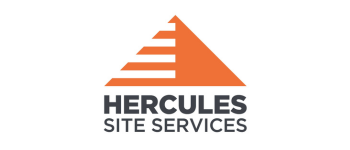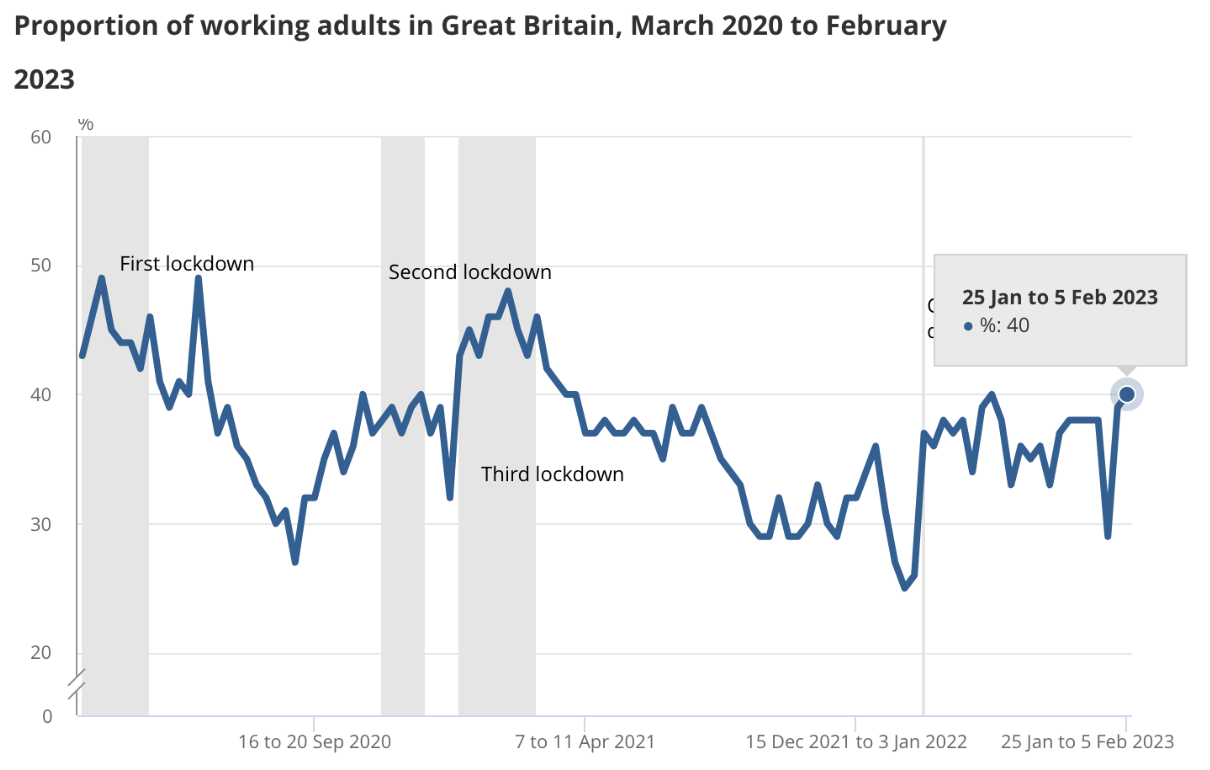‘Lone Workers’: Key Guidance for Employers (HSE)
QST breaks down HSE’s Lone Worker guidance for Employers.
HSE (the national regulator for workplace Health and Safety in Britain) has recently updated its guidance for ‘Lone Workers’; those who work by themselves without close supervision. Centred on Occupational Health and Safety, the guidance provides scaffolding for employers to use when considering their obligations to a Lone Worker’s Health and Safety.
This article delves into the key conclusions, analysing their implications, and advocating for a careful consideration of all employees considered ‘Lone Workers’.
Here are 4 key points to learn from the report.
What is a Lone Worker?
In the report, HSE defines lone workers as those who carry out any form of work by themselves, or without direct supervision. The definition is broad by nature; with the ever changing landscape of working Britain, remote-working or working from home has given rise to an entire generation of lone workers.
Further to this, anyone considered out of sight or earshot of their colleagues or supervisors is considered a lone worker. A long haul freight driver is considered a Lone Worker in exactly the same way as a retail worker tidying up the stockroom at the end of their shift.
As such, it’s hardly a surprise that up to an estimated 8 million people are currently classified as Lone Workers, representing 22% of the UK’s active workforce.
“8 million people are currently classified as Lone Workers, representing 22% of the UK’s active workforce“
Rights and Responsibilities for Lone Workers
Whilst it is not illegal to work alone, Employers have a duty of care to ensure employees are reasonably safe; which includes ensuring regular inspections are made (where appropriate) to ensure the risk of injury or affliction is minimised.
This responsibility cannot be transferred to employees themselves.
Additional employer responsibility includes ensuring Lone Workers do not have any pre-existing conditions which would make Lone Work unsuitable. For example, it could be considered negligent to allow a worker with a musculoskeletal disorder to operate heavy machinery completely alone.
To this end, employers must:
- Complete a full risk assessment
- Train, monitor and be available for contact to the lone worker
- Ensure any works can be carried out safely by one person
- Implement procedures to respond to any incidents as quickly as possible
Employee Responsibility
Employees have a responsibility to inform employers of any potential hazards as they arise to ensure their own safety. This includes following procedures, and not taking any unnecessary risks in pursuit of accomplishing work. For example, informing an employer of damaged equipment so that the correct measures can be taken to ensure the equipment is fixed, and does not develop into a hazard.
Risk Management: an Employer’s guide
Under the Management of Health and Safety at Work Regulations, employers must manage the risk to lone workers.
Figure above: “Proportion of working adults in Great Britain”, Office for National Statistics (2024)
Working from Home:
Employers have the same health and safety responsibilities for homeworkers, and the same liability for accident or injury as for any other workers.
This means they must provide supervision, education and training, in addition to implementing enough control measures to protect those employees who work from home.
Using the most recent statistics available at the time of writing, an estimated 44% of Britain’s working population reported working from home at least once in the prior 7 days (survey period between September 2022 and January 2023); inclusive of both those who work from home completely, and those who report ‘hybrid-working’.
With the landscape of Britain’s workforce so heavily influenced by a shift towards home-working policies being implemented across industry, it is vital to make consideration for the way many choose to work.
Home working setups often include laptops, multiple screens, and unoptimised desk & chair set ups.
Despite these often being within an employees own domain, it is actually the responsibility of employers to ensure any place where an employee conducts their work is deemed suitable under a Display Screen Equipment Assessment (DSE).
Conclusion
Employers have a direct line of responsibility, and a duty of care to ensure that their lone workers’ risks are assessed, their needs catered for, and their risks mitigated.
Effective training initiatives must cover a wide range of topics, including mental health awareness, ergonomic practices, hazard identification, and emergency response. Furthermore, collaboration between employers, government agencies, and educational institutions is crucial to create a culture of safety that becomes apparent at every level of the workforce – from apprentices to directors.
Providing staff with accurate risk assessments, as well as access to health and safety training, is not only a moral obligation but also a legal requirement in many cases – all to ensure the well-being of the workforce. By investing in robust training programmes, businesses can create safer workplaces whether at home or otherwise remote – by reducing the incidence of accidents and illnesses, and save money lost to productivity by encouraging safe sites and risk-aware employees.
If you know you have training to undertake, or you need advice – don’t leave it to chance. Get in touch with our team of dedicated Safety Advisors using the contact details below, and find out how we can support you.
📲 – 0333 3355 426
✉️ – training@qualitysafetytraining.co.uk
💻 – https://qualitysafetytraining.co.uk/contact-us/
Safety by Choice, not by Chance.
Please note, this article contains public sector information published by the Health and Safety Executive and licensed under the Open Government Licence. You can access a copy of HSE’s Lone Worker advice and guidance using this link.
130+ Years Experience
National Coverage
CITB ATO
EUSR Centre
NPORS Centre
SPA Centre
















Get Started Today
Our friendly and knowledgeable team are here to help. Give us a call today to find out how we can help you. As we have our own training facility we can quickly design and deliver a wide range of training packages.

